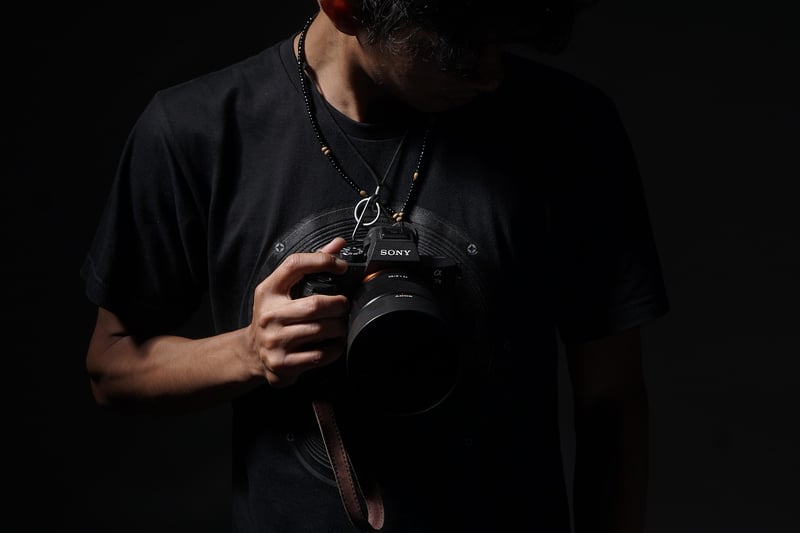Photography Regulations
Understanding Photography Regulations: A Guide to Ensure Compliance
Photography is a powerful medium that allows individuals to capture moments, express creativity, and communicate ideas. However, like any form of art or expression, there are regulations and laws that govern the practice of photography to protect individuals' rights, privacy, and intellectual property. It is essential for photographers, both amateur and professional, to have a solid understanding of these regulations to ensure compliance and avoid legal issues.
Respect for Privacy
When taking photographs, it is crucial to respect the privacy of individuals. Avoid capturing images of people in private settings without their consent, especially in situations where they have a reasonable expectation of privacy. Be mindful of photographing children and be sure to obtain permission from their parents or guardians before taking and sharing their pictures.
Intellectual Property Rights
Photographers should be aware of intellectual property rights, including copyright laws. It is essential to understand who owns the rights to a photograph and obtain proper permissions when using others' images. Additionally, photographers should consider registering their work to protect it from unauthorized use or reproduction.
Commercial Use and Model Releases
When using photographs for commercial purposes, such as in advertisements or promotions, photographers must ensure they have the necessary model releases. A model release is a legal document signed by the subject of a photograph, giving permission to use their likeness for commercial purposes. Failure to obtain a model release can result in legal consequences.
Public Spaces and Property Rights
While individuals have the right to photograph in public spaces, photographers should be mindful of property rights. Avoid trespassing on private property to capture images without permission. Additionally, be aware of any restrictions on photography in certain public spaces, such as museums, galleries, or government buildings.
Conclusion
By understanding and adhering to photography regulations, photographers can protect themselves and their work while respecting the rights and privacy of others. It is essential to stay informed about relevant laws and guidelines to ensure compliance and uphold ethical standards in the practice of photography.

Remember, compliance with photography regulations not only safeguards your work but also contributes to a responsible and ethical photography community.
For more information on photography regulations and best practices, visit Example Photography Regulations.
